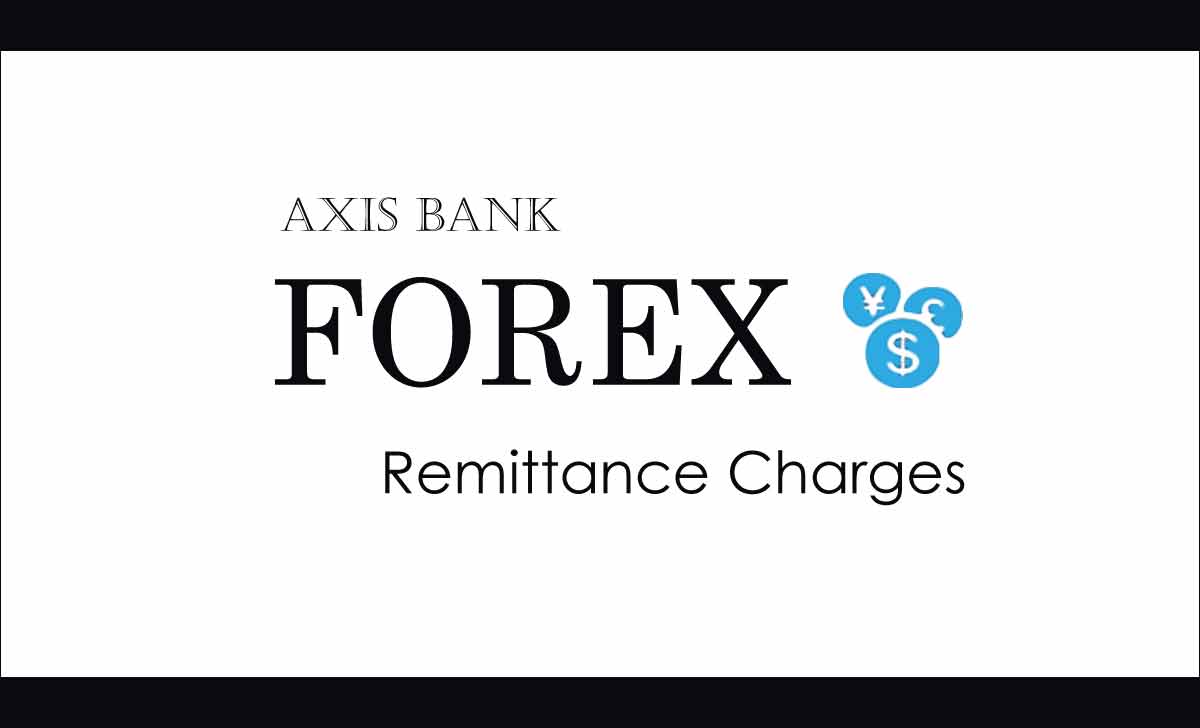Introduction

Image: 25penny.com
In a world interconnected by global commerce, the need for efficient and seamless cross-border financial transactions has never been greater. Enter forex inward remittance, the lifeblood of international trade and commerce. This sophisticated mechanism facilitates the transfer of funds from one country to another, enabling businesses and individuals to fulfill their financial obligations across borders.
In this comprehensive guide, we unravel the intricacies of forex inward remittance, empowering you to navigate the complexities of this vital financial service. We’ll delve into its history, explore its functioning, uncover expert insights, and provide actionable tips to enhance your understanding.
Understanding Forex Inward Remittance
Forex inward remittance is the process of transferring foreign exchange from overseas into a domestic bank account. It is a crucial aspect of international trade, allowing businesses to receive payments for goods or services rendered abroad and individuals to access funds from family members or financial institutions overseas.
Working Procedure: A Step-by-Step Guide
The journey of an inward remittance begins with the sender initiating the transfer from their bank account. Here’s a step-by-step breakdown of what happens behind the scenes:
- The sender provides details of the recipient’s account and the amount to be transferred.
- The sending bank converts the funds into the recipient’s currency using the prevailing exchange rate.
- The converted funds are transferred through a network of correspondent banks, each playing a specific role in the process.
- The recipient’s bank receives the funds and credits them to the recipient’s account.
Variations in Inward Remittance
Inward remittances come in various forms, each catering to different needs:
- Telegraphic Transfer (TT): A traditional method that involves direct bank-to-bank transfer. It offers speed and reliability but incurs higher fees.
- Swift Transfer: Similar to TT, but it uses the Swift network to facilitate international transfers.
- Demand Draft: A paper instrument that can be deposited into the recipient’s account in their local bank.
- Home Country Transfer: A convenient option for individuals receiving funds from their home country.
Benefits of Forex Inward Remittance
- Swift and Convenient: Inward remittances provide a fast and hassle-free way to transfer funds across borders.
- Cost-Effective: When compared to other international payment methods, inward remittances offer competitive exchange rates and lower transaction fees.
- Global Accessibility: Through a network of correspondent banks, inward remittances can reach even remote parts of the world.
- Enhanced Business Opportunities: Inward remittances facilitate international trade by enabling businesses to receive payments for their exports.
- Support for Expatriates: Inward remittances provide a lifeline for expatriates living abroad by allowing them to receive funds from their home countries.
Exploring Expert Insights
“Inward remittances are the backbone of global commerce, facilitating the flow of funds between nations,” says Dr. Mark Harper, a renowned economist. “They play a critical role in economic growth, foreign exchange reserves, and currency stability.”
Another financial expert, Ms. Emily Carter, emphasizes, “Understanding the process and options available for inward remittances is crucial for businesses and individuals involved in international transactions. With proper planning and knowledge, you can optimize the efficiency and cost-effectiveness of your remittances.”
Actionable Tips for Effective Inward Remittances
- Compare exchange rates: Shop around and compare the rates offered by different banks and service providers to secure the best available deal.
- Choose the right method: Depending on your needs and preferences, select the most suitable remittance method that balances speed, cost, and convenience.
- Provide accurate information: Ensure meticulousness when providing details of the recipient and the amount to avoid delays or errors.
- Track your transfer: Utilize tracking tools offered by banks or service providers to monitor the status of your inward remittance.
- Seek professional advice: If you have any complexities or concerns, don’t hesitate to consult with a financial advisor or banker for guidance.
Conclusion
Forex inward remittance is a vital financial service powering international trade and connecting individuals across borders. By understanding its working procedure, variations, benefits, expert insights, and actionable tips, you can effectively utilize this mechanism to fulfill your financial obligations and capitalize on global opportunities. Remember, the smooth and efficient flow of inward remittances is essential for a thriving global economy that benefits all.

Image: www.karboncard.com
Forex Inward Remittance Working Procedure






